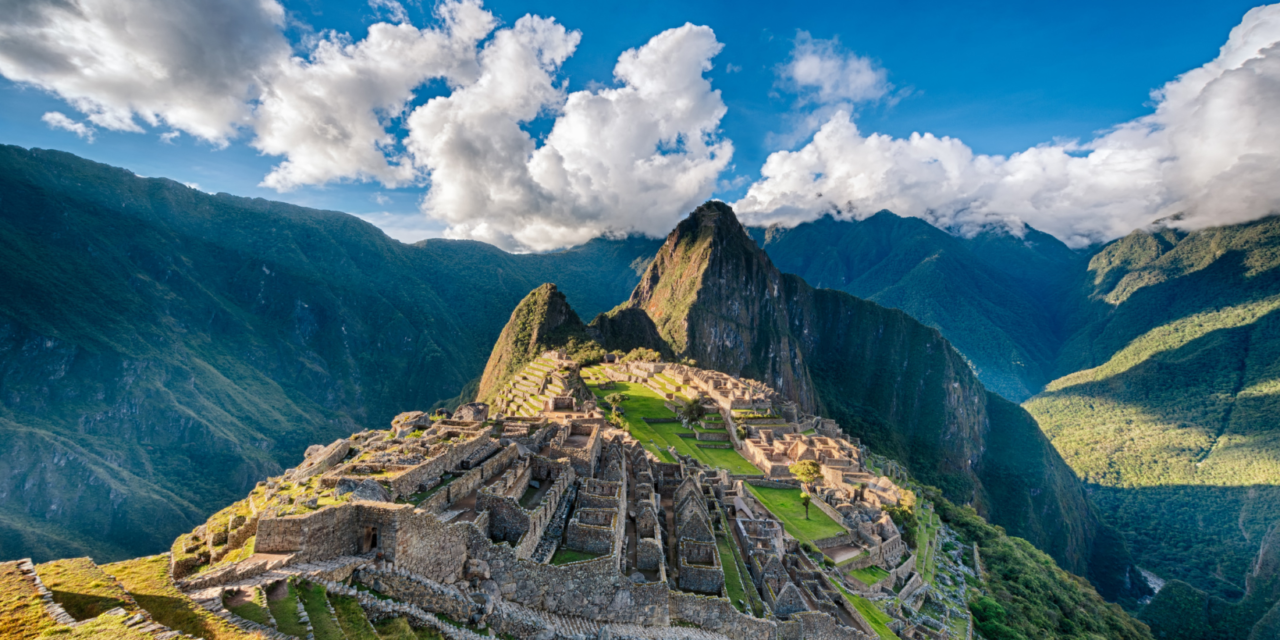
From the city of gold to the city of light : Inca irrigation canals reinvent our cities

Inca irrigation canals: What if we told you that it was possible to irrigate any type of land, whether in the mountains, the countryside or the city, using a technology that is centuries old? It was with the Inca Empire that the canal irrigation system was invented. This vital innovation for the maintenance of isolated farmland is also a means of maintaining wetlands and biodiversity! So why not take inspiration from this innovation to refresh our cities?
Since its creation in the 13th century, led by the emperor Manco Capac, this people from the Andes Mountains lived in the most remote areas and in the highest mountains. Going down into the lower valleys every day to irrigate their farmland (although a great physical exercise) would not have been very practical. So they invented a system of irrigation canals to bring water to where they cultivated and lived.

The Inca irrigation canals system
By diverting streams from mountain springs, the Incas were able to cultivate nearly a million hectares, feeding a colossal empire. The irrigation canals worked in this way
- When a mountain spring is found, trenches 55 centimetres deep are dug.
- Once the water reaches the desired destination, it is stored in tanks that can hold over 800 litres of water.
- Through a second pipe system, the water is then distributed through the villages and farmlands and that’s it.
Most of us don’t live on top of Machu Pichu but the beauty of canal irrigation systems is that they can be used anywhere

From Inca irrigation canals in the Andes to irrigation canals in your garden: it’s possible!
In times of drought, irrigation canals would be THE solution to bring life back to our dry lands and protect us from global warming. Who hasn’t dreamed of living in a small oasis? Here are the ecological benefits of irrigation canals for our beautiful land and our beautiful planet.
- Irrigation by canal system allows us to have a more controlled water source. By having this source of irrigation our agricultural land is protected from lack of rain. The land is enriched and full of life. We can continue to eat our beloved baguette in peace, the wheat crop is safe.
- Preservation of biodiversity in waterways. Irrigation canals allow, with the perpetual movement of the watercourse, the reproduction of many aquatic species. This continuous movement also allows the sediment in the canals to move, purifying the water and encouraging the proliferation of animal and plant species. After all, it doesn’t take much to be happy. So if you feel like going for a walk, it is always more pleasant to be surrounded by fresh water and the greenery that nature provides.
- As a person you can also use canal irrigation. If you have a garden or vegetable patch, use canal irrigation to grow beautiful tomatoes, strawberries and courgettes. By the way, don’t hesitate to invite us if you make mixed salads.
Good news! Irrigation canals already exist in France. Several regions like Provence have a canal irrigation system. Indeed, Provence has been maintaining its canals for more than 700 years and irrigates vast territories with its thousands of kilometres of canals.
Irrigation in Provence is considered an excellent example of water management:
- With its 70 km of main canal, 140 km of underground galleries, 600 km of main pipes and 4400 km of pipes, the equitable sharing of water is assured. Whether for agricultural or non-agricultural use, water sharing is a source of harmony in the region.
- This global water sharing makes it a real common good and guarantees the maintenance of the canals by the public authorities.
So what are we waiting for? On your next walk in the mountains, if you discover a spring, start digging!
To keep up with all our news, follow us on Instagram and on our Twitter account.
We publish daily on our social networks so you can be up to date every day. You can also share our content on your own networks from the options at the bottom of the page!
See the article on ART AND ECOLOGY: WHEN ARTISTS GET INVOLVED
See you soon for our next article!



















